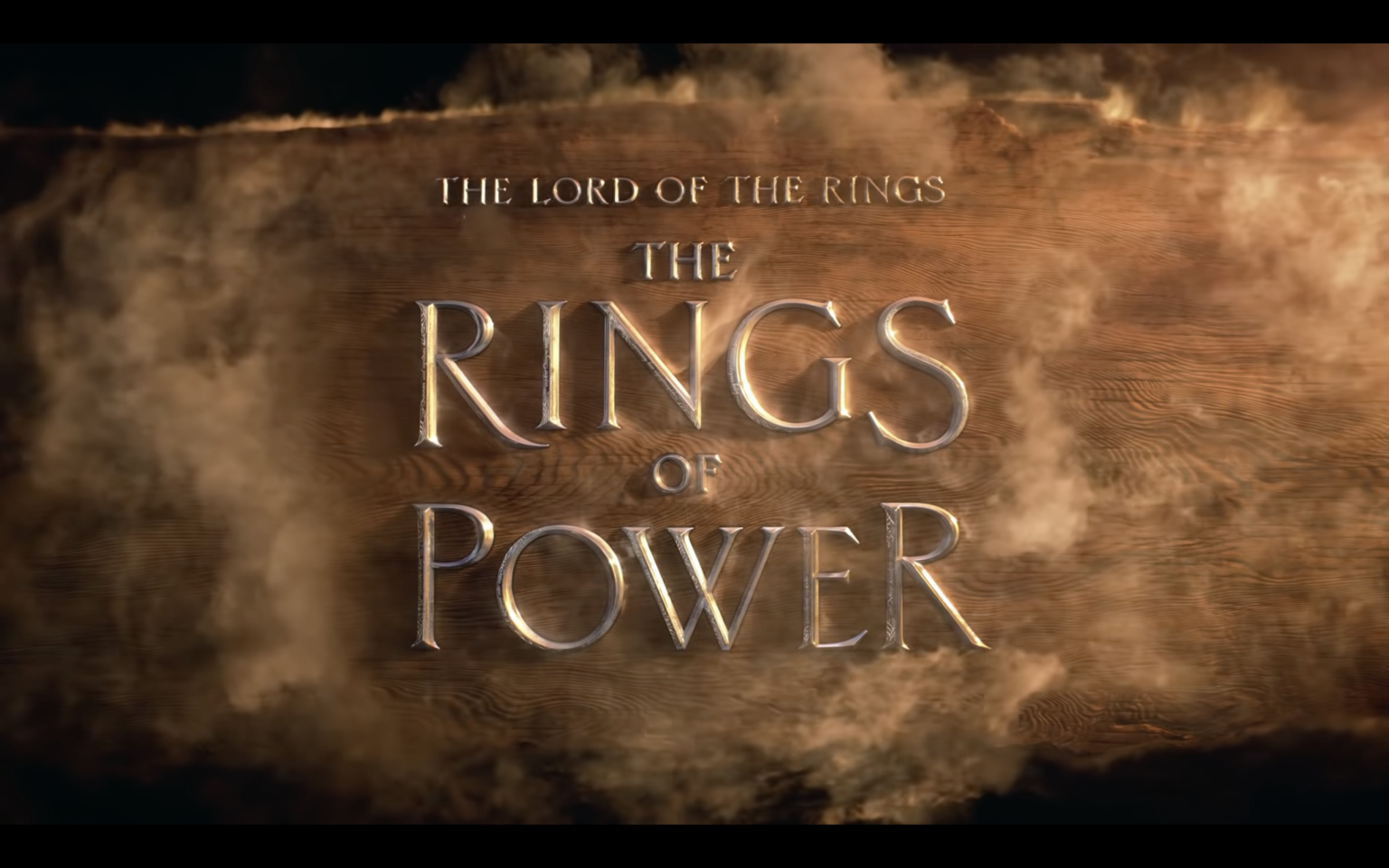Amazon Studios The Rings of Power is six months away. We want all Spoilerites to have the best viewing experience possible and have the widest knowledge base about the Second Age of Middle-Earth. This is a weekly Let’s Get Nerdy article series highlighting a different piece of Tolkien I think you need to know about!
Last week I answered the question: What Are the Rings of Power?
This week is all about the kingdom of Númenor. As we know from pretty much everything we’ve ever been told by Amazon Studios about The Rings of Power, the main setting of the series’ drama is Númenor. That name may be rattling around in your brain if you’ve watched The Lord of the Rings film trilogy alongside the word “Dúnedain” because both were referenced to or spoken by/about Aragorn son of Arathorn as he underwent the journey which would eventually lead to his ascent to the throne of Gondor. The direct descendants of the Númenóreans are the Gondorians.
Back to Númenor …

While the Gondorian culture is, per J.R.R. Tolkien, based on the Ottoman Empire, it’s probably easier to think of Númenor as closer to the lost kingdom of Atlantis. A great and epic society, island-bound, which eventually fell into the sea. Games of Thrones fans will notice similar themes running through what we know of Old Valyria where the Targaryens held their power before traveling East to Westeros. For it’s part, Númenor was raised from the Great Sea by the Valar (the heavenly being/elf angels), at the beginning of the Second Age. The Númenóreans are the culture of humans who lived on the island.
In the Super Bowl The Rings of Power trailer we get the a look at Númenor. At a glance the show seems to be leaning into the waterbound nature of the culture, giving a little more Lake-town from The Hobbit trilogy of films than the way we think of Minas Tirith from The Lord of the Rings.

Númenor is located equidistance between Middle-Earth and Valinor. The Dúnedain where led to this island by Eärendil (to quote Galadriel: “our most beloved star”).
YES THAT STARLIGHT SHE GIVES TO FRODO AND SAM USES TO FIGHT SHELOB YES THAT VERY ONE IN FACT

Númenor was also said to be shaped like a five pointed star. Due to all the celestial inspiration, before Númenor was Númenor it was named Elenna – the Queny word of “Starwards”. For my money, the two most important human-made features of Númenor are Ilúvatar’s Temple and the city of Armenelos – the latter being my hypothesis for the city we see in The Rings of Power trailer and the main setting for the first season of the show.

Ilúvatar is the creator of all things – even the Valar – and shaped the world. As far as Tolkien characters a society could be building temples to the Númenóreans picked a pretty powerful one.
The first ruler of Númenor was Elros, son of Eärendil, founder of the human race and Elrond’s twin brother. Elrond, once again, being a lead character in the show portrayed by Robert Aramayo. I’d love to see him double and play Elros, but I’m betting we’ll see stories set after his reign. When Elros was crowned First King of Númenor he adopted the name Tar-Minyatur – meaning High-First King.
Elrond, once again, being a lead character in the show portrayed by Robert Aramayo. I’d love to see him double and play Elros, but I’m betting we’ll see stories set after his reign. When Elros was crowned First King of Númenor he adopted the name Tar-Minyatur – meaning High-First King.
Fun fact: Aragorn is a direct descendant of Elros and Arwen is the daughter of Elros’ twin brother, Elrond. Soooo … technically my favourite Lord of the Rings ship is distantly related.
As a result of their ancient relations to the elves, Númenóreans are long-lived. How long-lived, you may be wondering? I encourage you to recall Aragorn is in his 80s during the events of The Lord of the Rings trilogy.
Númenor eventually took part in the first conflict against Sauron when the Rings of Power were forged, which is what ultimately led to the downfall of their society. Arda, the world upon which these events are set, used to be flat. In a conflict with Sauron, the previously mentioned Ilúvatar changed the shape of the world from flat to spherical and Númenor sank into the Great Sea.
Post fall, Númenor was referred to as Atalantë, Quenya for “Downfallen”, and a pretty obvious nod at Atlantis.

The iconic White Tree of Gondor was saved from Númenor by Isildur (remember him?), who brought a small fruit tree with him which he planted in his new kingdom in the south of Middle-Earth. It’s technically descended from an even more ancient and powerful white tree named Nimloth the Fair, but I’m suspecting which grew in Armenelos, but I suspect I’ll be writing more about them in another article.
Dear Spoilerite,
At Major Spoilers, we strive to create original content that you find interesting and entertaining. Producing, writing, recording, editing, and researching requires significant resources. We pay writers, podcast hosts, and other staff members who work tirelessly to provide you with insights into the comic book, gaming, and pop culture industries. Help us keep MajorSpoilers.com strong. Become a Patron (and our superhero) today.


